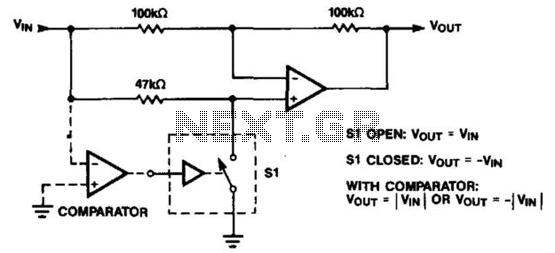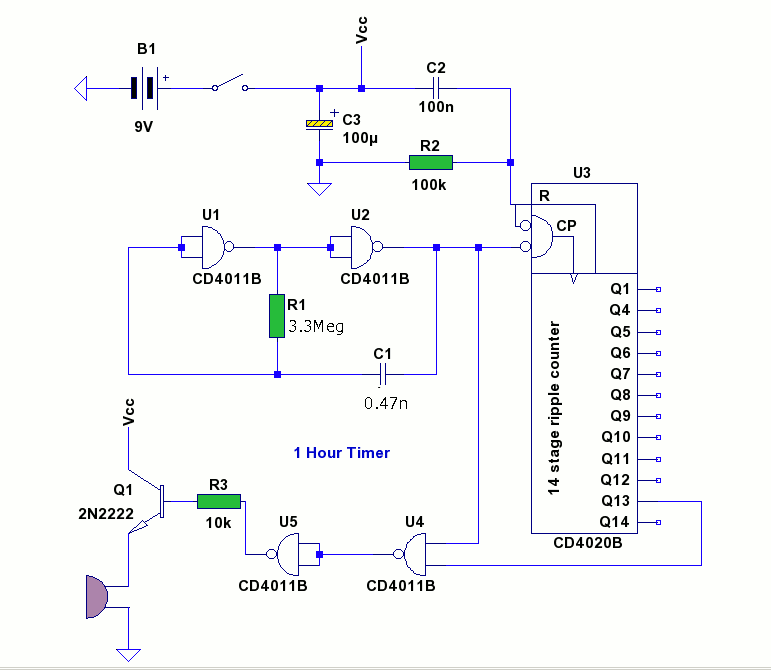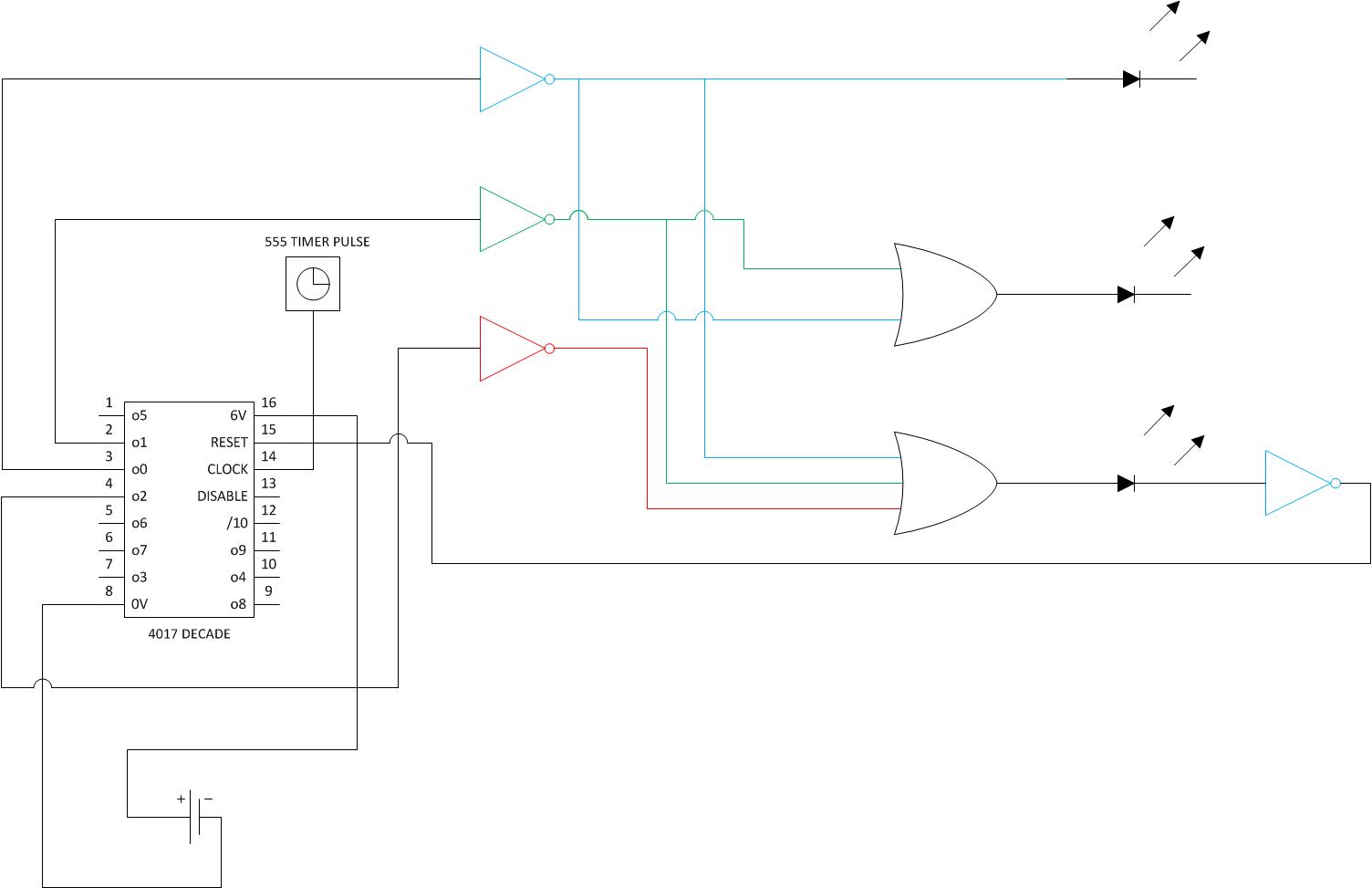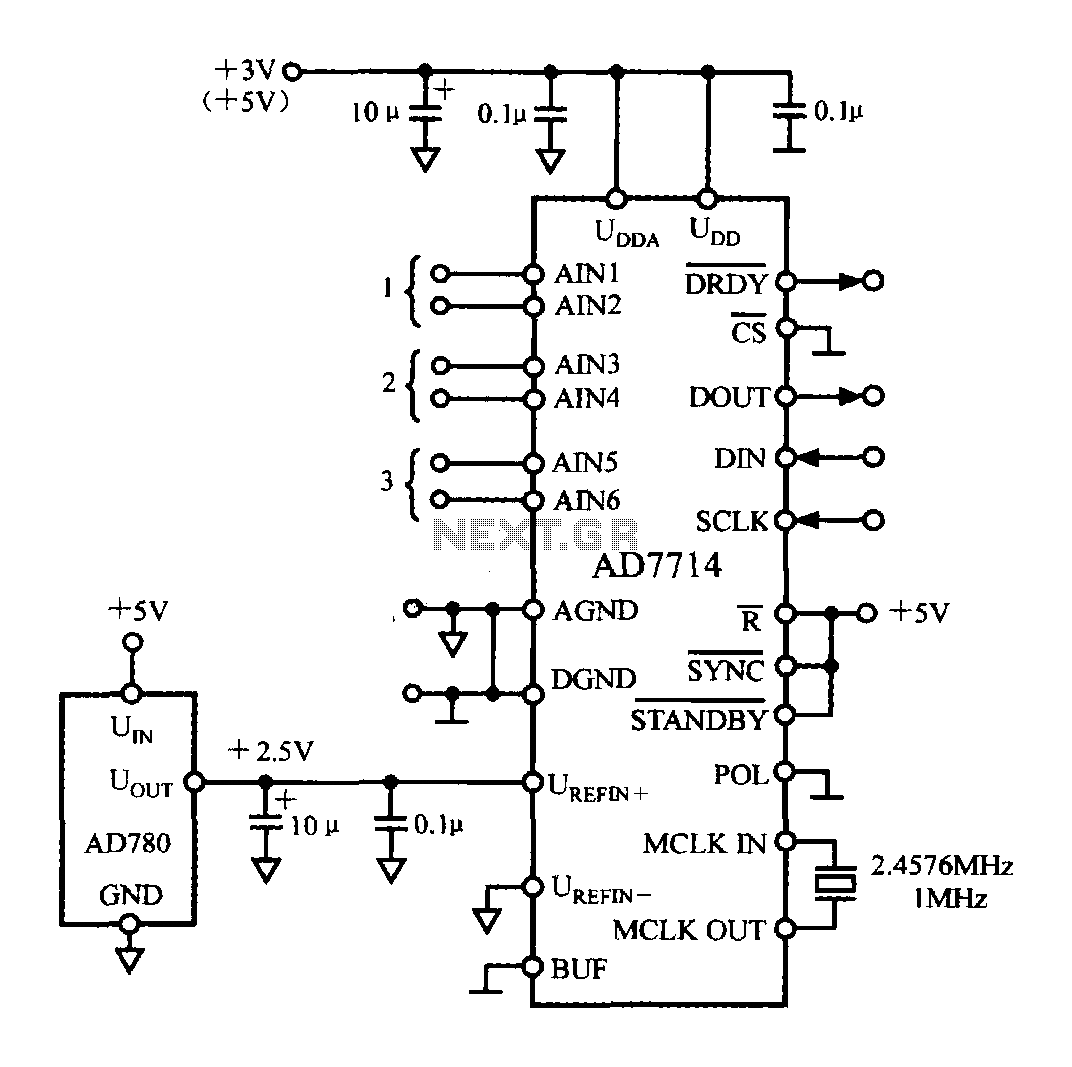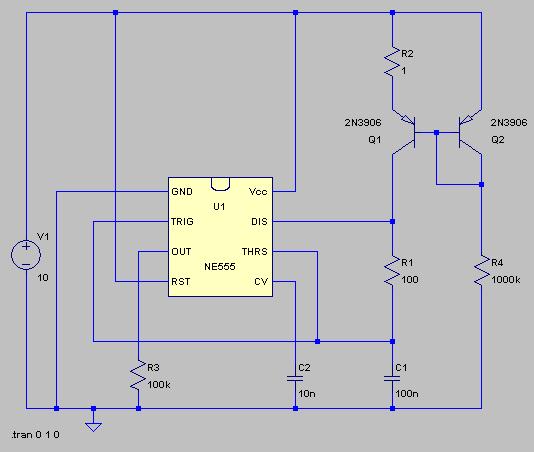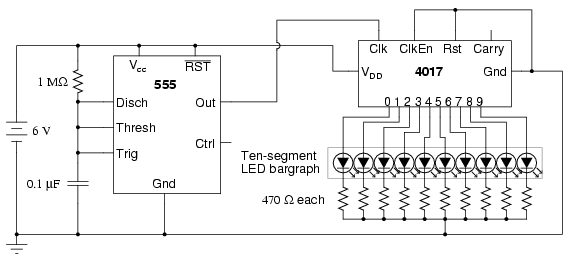
Programmable Timer For Long Intervals
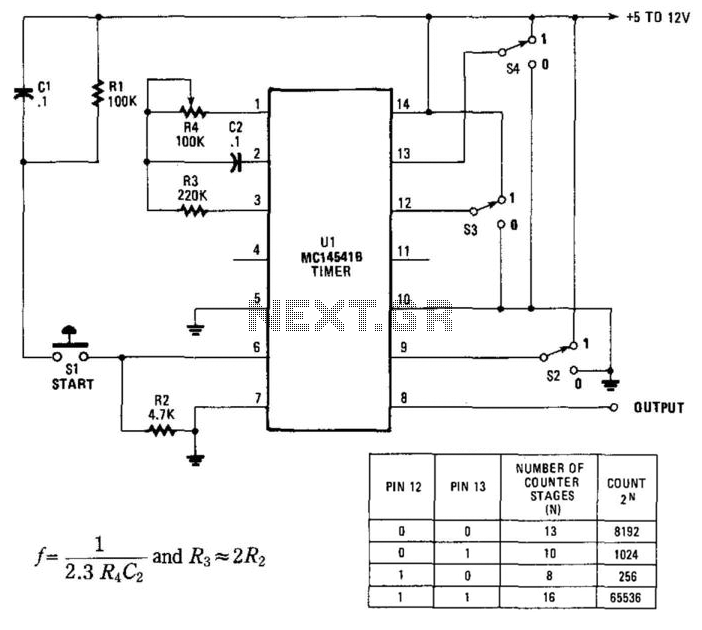
By utilizing an RC oscillator and a programmable divider, this counter can operate for extended periods. The interval oscillator functions at a frequency determined by specific component values: for instance, with R1 = 390 kΩ and C2 = 10 µF, the oscillator can achieve a frequency of 0.1 Hz. When this frequency is divided by 65536, it results in a cycle duration of approximately 655,000 seconds (or 182 hours, which is slightly more than a week). The inputs at pins 12 and 13 of the MC14415 programmable counter specify the number of counter stages selected, thereby influencing the total count.
The described circuit employs a resistor-capacitor (RC) oscillator, which is a fundamental building block in timing applications. The frequency of oscillation is determined by the values of the resistor (R1) and the capacitor (C2). In this case, a resistor value of 390 kΩ and a capacitor value of 10 µF yield a low frequency of 0.1 Hz. This low frequency is suitable for applications requiring long time intervals, such as timers or counters that need to operate over extended durations without frequent resets.
The MC14415 programmable counter is employed to divide the frequency output from the RC oscillator. The division factor of 65536 is significant, as it allows for a long counting period, resulting in a total cycle time of approximately 655,000 seconds. This feature is particularly useful in applications that require precise timing over days or weeks.
The programmable counter's inputs at pins 12 and 13 are critical for selecting the number of stages in the counting process. By configuring these pins, users can tailor the counter's operation to meet specific needs, allowing for flexibility in design. The ability to program different counting stages enables the circuit to adapt to various timing requirements, making it suitable for a broad range of applications in electronics, including timers, clocks, and event counters.
Overall, this circuit design exemplifies the integration of an RC oscillator with a programmable counter to achieve extended counting capabilities, illustrating a practical approach to time-based electronic applications. By using an RC oscillator and a programmable divider, this counter can run for hours. An interval osc illator runs at a frequency given by (see figure schematic): By using, for example, i4 = 390 KOhmhm and C2 = 10 ¥ and R2, the oscillator can run at 0.1 Hz. Divided by 65536, this is a cycle of approximately 655 000 s (182 hours, slightly more than a week). The inputs at pins 12 and 13 of the MC14415 programmable counter determine the number of counter stages selected, and therefore the count.
The described circuit employs a resistor-capacitor (RC) oscillator, which is a fundamental building block in timing applications. The frequency of oscillation is determined by the values of the resistor (R1) and the capacitor (C2). In this case, a resistor value of 390 kΩ and a capacitor value of 10 µF yield a low frequency of 0.1 Hz. This low frequency is suitable for applications requiring long time intervals, such as timers or counters that need to operate over extended durations without frequent resets.
The MC14415 programmable counter is employed to divide the frequency output from the RC oscillator. The division factor of 65536 is significant, as it allows for a long counting period, resulting in a total cycle time of approximately 655,000 seconds. This feature is particularly useful in applications that require precise timing over days or weeks.
The programmable counter's inputs at pins 12 and 13 are critical for selecting the number of stages in the counting process. By configuring these pins, users can tailor the counter's operation to meet specific needs, allowing for flexibility in design. The ability to program different counting stages enables the circuit to adapt to various timing requirements, making it suitable for a broad range of applications in electronics, including timers, clocks, and event counters.
Overall, this circuit design exemplifies the integration of an RC oscillator with a programmable counter to achieve extended counting capabilities, illustrating a practical approach to time-based electronic applications. By using an RC oscillator and a programmable divider, this counter can run for hours. An interval osc illator runs at a frequency given by (see figure schematic): By using, for example, i4 = 390 KOhmhm and C2 = 10 ¥ and R2, the oscillator can run at 0.1 Hz. Divided by 65536, this is a cycle of approximately 655 000 s (182 hours, slightly more than a week). The inputs at pins 12 and 13 of the MC14415 programmable counter determine the number of counter stages selected, and therefore the count.
